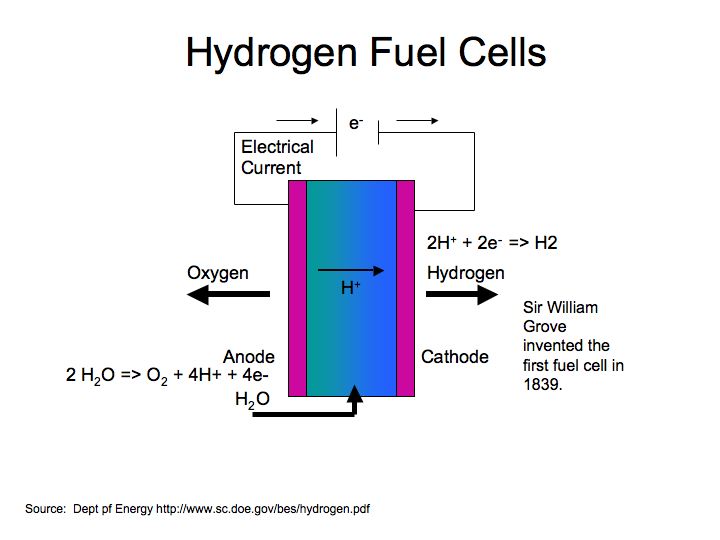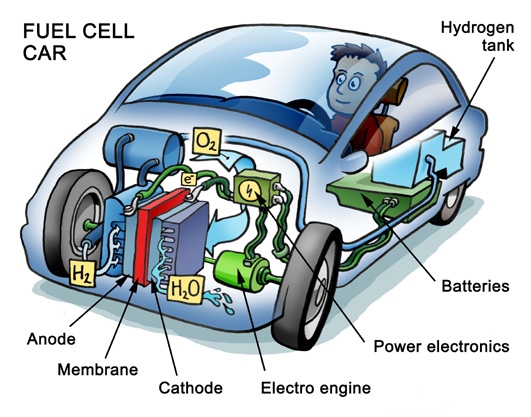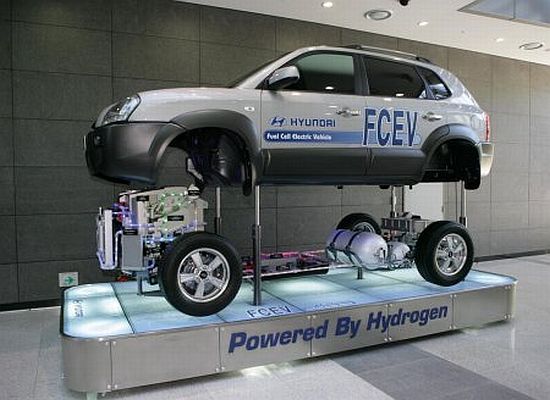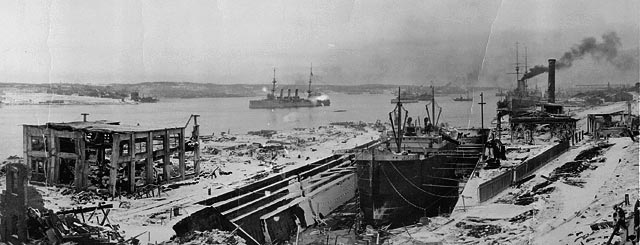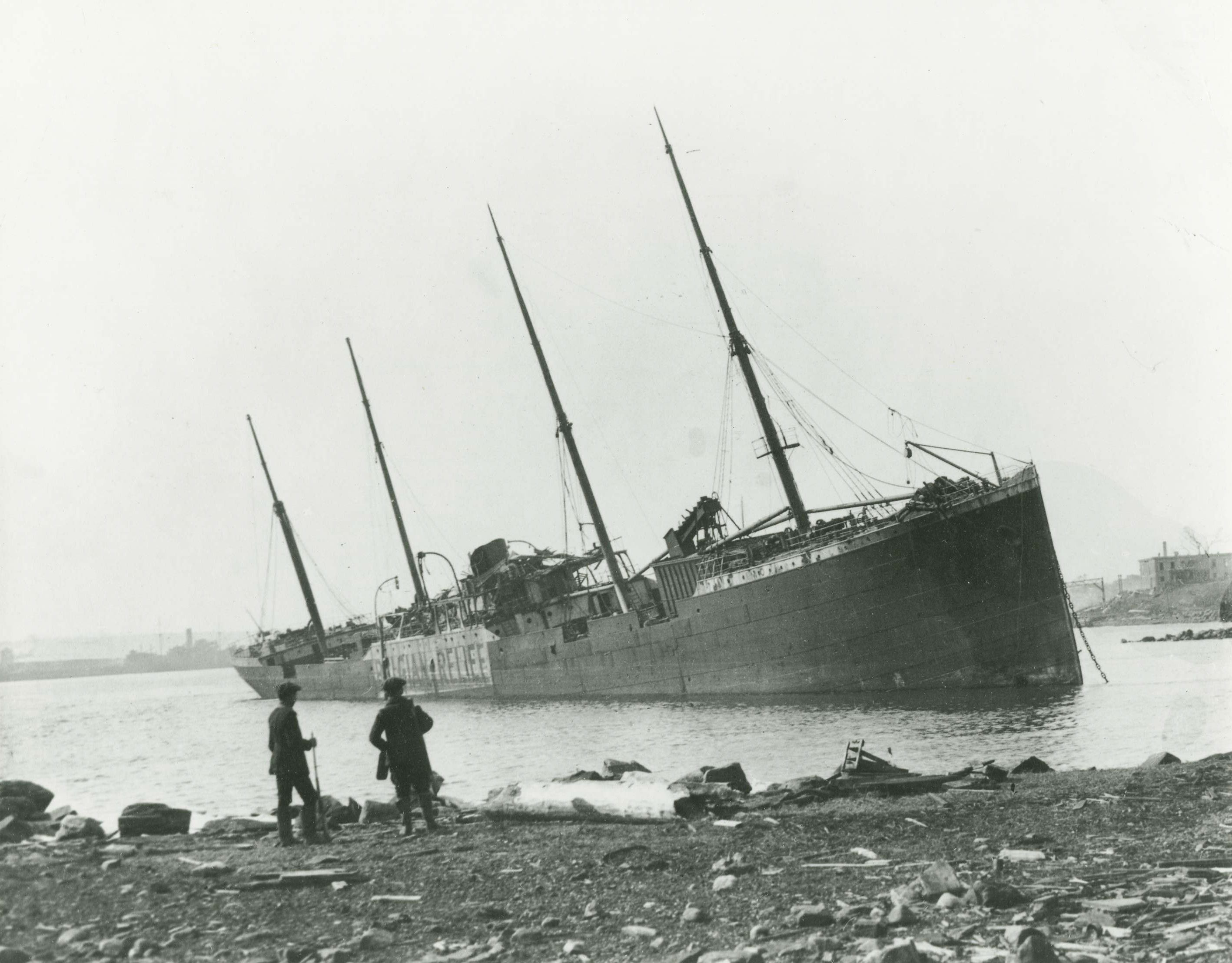Marijuana, also known as cannabis, hemp, pot, and weed, has
been used by humanity for thousands of years. It was most commonly used for
making materials such as clothing, paper, and rope. Every part of the marijuana
plant can be used, from the seeds to the fibers. Even the oils from the plant
can be used in various products. Marijuana is believed to provide medical
benefits for cancer and AIDS patients, as well as controlling nausea or
vomiting. Some forms of marijuana
include: hemp, hashish, hash oil, and hemp fibers. There are many different
strains of marijuana, and female marijuana plants tend to be the most potent. The
most common and potent are Purple Haze, Hindu Kush, Early Girl, and Big Bud. Marijuana
is a lot stronger now than it used to be due to purposefully breeding stronger
and more intoxicating strains.
The biggest problem with legalizing marijuana is the debate over
its benefits. Currently, marijuana is classified as a Schedule 1 drug, meaning
it has no accepted medical benefit and it has a high possibility for abuse.
This is the most dangerous drug schedule, and other drugs in this category
include heroin, LSD, and ecstasy. Despite the government’s labeling of the
drug, however, many believe that marijuana does not meet the criteria under the
Controlled Substances Act to be a Schedule 1 drug, as there are potential
medical benefits and the drug is not as toxic as other Schedule 1 drugs. The
most dangerous chemical in marijuana is THC, which can affect brain development,
learning, memory, and perception. The biggest health concern for marijuana is
its effects on the mental health and development of users. It is also
addictive, contrary to common belief, and can cause many of the same
respiratory problems as smoking cigarettes.
 Despite the potential health hazards that come with the
recreational use of marijuana, majority opinion seems to be shifting. Many
people support the legalization of marijuana because of the various economic
and legal benefits. Colorado has already seen significant revenue increase
since legalizing marijuana in September 2013. Taxes placed on the businesses,
suppliers, and even the product itself have generated millions of dollars in
state revenue. The new source of revenue for states who have legalized marijuana
can help fund everything from healthcare to schools. Many supporters of
legalizing the drug point out the enormous economic benefit for our country.
Despite the potential health hazards that come with the
recreational use of marijuana, majority opinion seems to be shifting. Many
people support the legalization of marijuana because of the various economic
and legal benefits. Colorado has already seen significant revenue increase
since legalizing marijuana in September 2013. Taxes placed on the businesses,
suppliers, and even the product itself have generated millions of dollars in
state revenue. The new source of revenue for states who have legalized marijuana
can help fund everything from healthcare to schools. Many supporters of
legalizing the drug point out the enormous economic benefit for our country.
Another big argument in support of legalizing marijuana is
the effect it will have on the “War on Drugs.” Currently, Mexican drug cartels
are the biggest suppliers of illegal marijuana to the U.S., and they gain
incredible profits from charging Americans for the illegal product. Many
believe that legalizing marijuana in the U.S. will damage the cartels, lower
their profits, and decrease drug violence in Mexico. On top of that, the decriminalization
of marijuana possession, growth, and use will remove a drastic number of people
from jail and give law enforcement more time and money to devote to controlling
more violent crimes.
While many argue that marijuana is a “gateway drug” and that
the health problems are worse than the benefits, most supporters argue that
legalization will give the government more control over the trade and use of
marijuana. Currently, marijuana use and trade is almost completely unregulated due
to its criminalization, so this renders it even more dangerous to users. If the
government is able to regulate marijuana, they can potentially reduce or remove
some of the harmful effects of the drug. For example, the government may put
out regulations for the potency of marijuana, how much of more potent drugs can
be sold, and what additives can be in the drugs. Overall the benefits of
legalizing marijuana seem to outweigh the negatives.
Sources:


